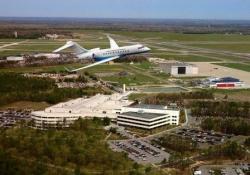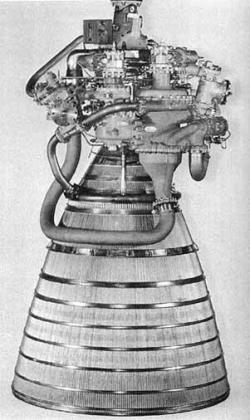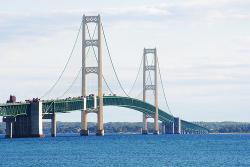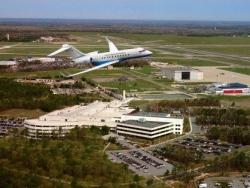This Federal Laboratory has played a pivotal role in creating our modern air traffic control system. Established as the National Aviation Facilities Experimental Center in 1958, the Technical Center’s research and engineering achievements, and its direct support to airports and FAA air traffic control facilities have led to the highest level of safety in air transportation.
1958

On 12 September 1958, Jack S. Kilby demonstrated the first working integrated circuit to managers at Texas Instruments. This was the first time electronic components were integrated onto a single substrate. This seminal device consisted of a phase shift oscillator circuit on a tiny bar of germanium measuring 7/16” by 1/16” (11.1 mm by 1.6 mm). Today, integrated circuits are the fundamental building blocks of virtually all electronic equipment.

The RL-10, which served as the power plant for NASA's upper-stage Centaur space launch vehicle, was the first rocket engine to use high-energy liquid hydrogen as a fuel. It has provided precisely controlled, reliable power for lunar and planetary explorations. The RL-10 embodied numerous advanced design features, including multiple use of its fuel with the "bootstrap cycle." The RL-10 is also capable of multiple restarts in space, which enables positioning of satellites or further escape of Earth's gravity.

ShippingportState: PAZip: 15050Country: USAWebsite: http://www.asme.org/about-asme/history/landmarks/topics-a-l/electric-power-production-nuclear/-47-shippingport-nuclear-power-station-%281958%29, https://www.asme.org/getmedia/c64a220f-030c-4384-8336-7d9857248322/47-Shippingport-Nuclear-Power-Station.aspxCreator: Duquesne Light Company
The first commercial central electric-generating station in the United States to use nuclear energy was the Shippingport Atomic Power Station of the Department of Energy and the Duquesne Light Company. In a dramatic high-tech display, ground was broken in 1954 during dedication ceremonies by President Dwight D. Eisenhower, who also opened it on May 26, 1958, as part of his "Atoms for Peace" program. Shippingport is located on the Ohio River about 25 miles from Pittsburgh.

The Mackinac (pronounced "Mack-in-awe") Bridge (1957) spans the Straits of Mackinac between Lake Michigan and Lake Huron, connecting the Lower and Upper peninsulas of Michigan. Prior to the construction of the bridge, a fleet of nine ferries would carry as many as 9,000 vehicles per day, with traffic backups stretching as long as 16 miles.
Innovations

The Mackinac (pronounced "Mack-in-awe") Bridge (1957) spans the Straits of Mackinac between Lake Michigan and Lake Huron, connecting the Lower and Upper peninsulas of Michigan. Prior to the construction of the bridge, a fleet of nine ferries would carry as many as 9,000 vehicles per day, with…
Read More
The first commercial central electric-generating station in the United States to use nuclear energy was the Shippingport Atomic Power Station of the Department of Energy and the Duquesne Light Company. In a dramatic high-tech display, ground was broken in 1954 during dedication ceremonies by…
Read More
The RL-10, which served as the power plant for NASA's upper-stage Centaur space launch vehicle, was the first rocket engine to use high-energy liquid hydrogen as a fuel. It has provided precisely controlled, reliable power for lunar and planetary explorations. The RL-10 embodied numerous…
Read MoreOn 12 September 1958, Jack S. Kilby demonstrated the first working integrated circuit to managers at Texas Instruments. This was the first time electronic components were integrated onto a single substrate. This seminal device consisted of a phase shift oscillator circuit on a tiny bar of…
Read More
This Federal Laboratory has played a pivotal role in creating our modern air traffic control system. Established as the National Aviation Facilities Experimental Center in 1958, the Technical Center’s research and engineering achievements, and its direct support to airports and FAA…
Read More

